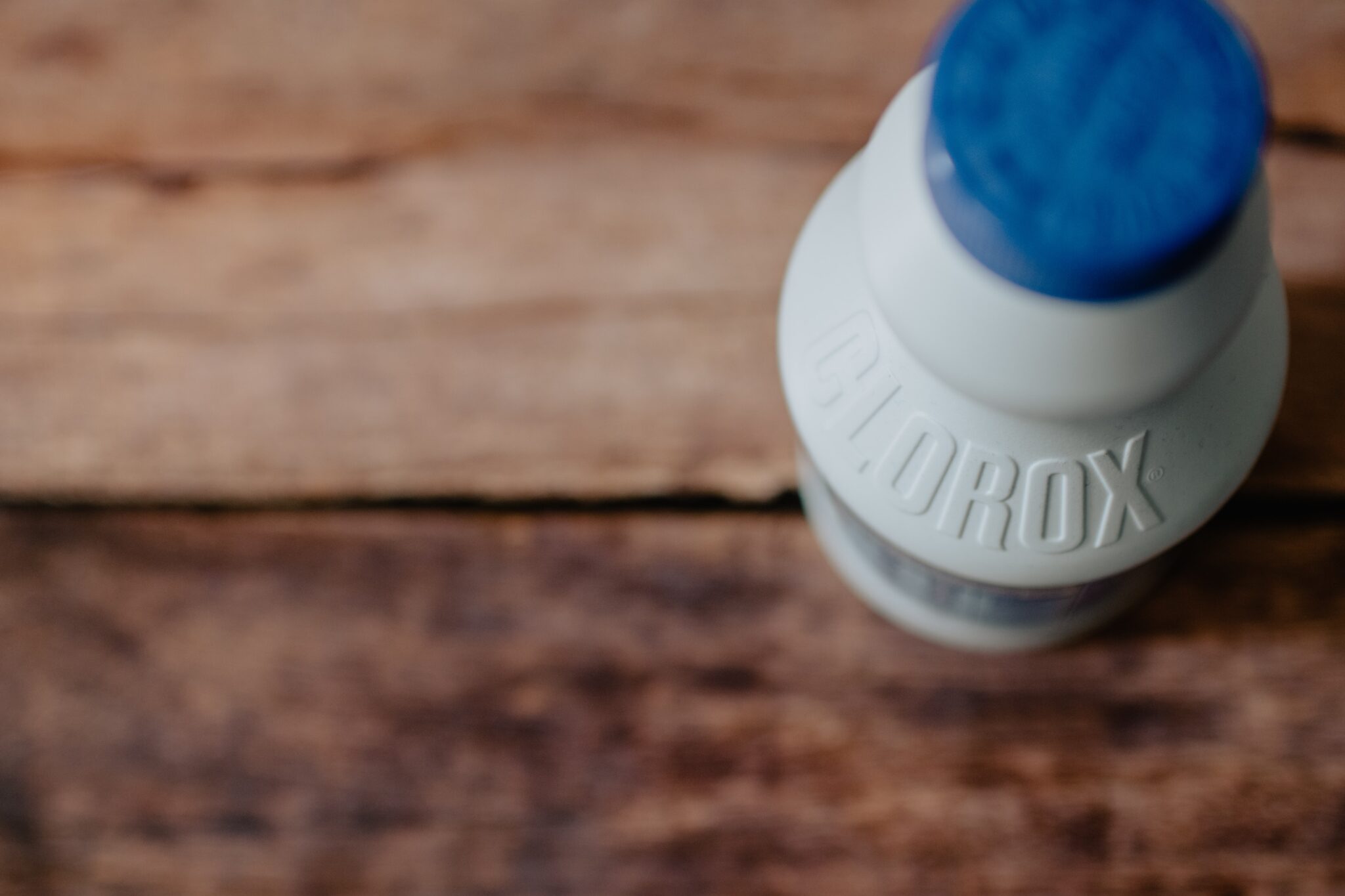
Common oxidizers, as examples of Class 5 hazardous materials, are composed of any solids, liquids, or gasses that react with most organic material or reducing agents that promote combustion in other materials. Though not necessarily combustible, oxidizers can increase the flammable range of chemicals to ignite more easily or intensify the chemical reaction between substances to cause a combustible reaction. Thus, common oxidizers are those substances that oxidize other substances and, through such a reaction, pose a severe fire hazard.
Examples of Class 5 Hazardous Materials
The Department of Transportation (DOT) divides Class 5 hazardous materials into two categories or subsets. The first, Class 5.1 oxidizers, are those materials that, by yielding oxygen, provide a catalyst to set another object on fire through a combustion reaction. Class 5.2 oxidizers are organic peroxides, highly flammable substances that can cause fires outright.
Nitrates, chlorates, peroxides, permanganates, and perchlorates are all common oxidizers. What does this mean? Some of the most common oxidizers are found in everyday products, from flour, yeasts, curing agents for meats, antiseptics, and antibiotics to fertilizers, food flavorings, bleaches and detergents. For example, sodium nitrate is a Class 5.1 hazardous material that can enhance the combustion of other substances, yet it is used widely to cure meats and to make varying types of sausages. As an active compound in salt, sodium nitrates have been used for thousands of years to preserve foods and to prevent the growth of bacteria.
Types of Class 5.1 Oxidizers
Other Class 5.1 oxidizers include potassium bromate, used to improve and strengthen flour, sodium hypochlorite, which is found in household bleaches, detergents, and pool-maintenance products. Ammonium nitrate is not only used in the production of fertilizers, but antibiotics, yeasts, and explosives. Nitric acid is an ingredient used in producing ammonium nitrate for use in producing fertilizers, dyes, explosives such as nitroglycerin and TNT, and certain plastics. Another nitrate, potassium nitrate, is used to produce fertilizers, but also rocket propellants, fireworks, and gunpowder. Then there are halogens. Used widely throughout numerous industrial sectors—pharmaceutical, pulp and paper, textile, oil and gas, water and sanitation, plastics, and chemicals—halogens are those types of substances that produce salt like fluorine, chlorine, bromine, iodine, astatine, and tennessine—even table salt.
Types of Class 5.2 Oxidizers
Notable Class 5.2 oxidizers are peroxides, with the most recognizable being hydrogen peroxide. A familiar household disinfectant and used to clean wounds. When applied to surfaces, like skin, it halts the growth of bacteria and other organisms. It can be used to purify water, too, and begin to break down contaminants. Household hydrogen peroxide is considered a safe oxidizer. That used in industrial-scale cleaning and purification is highly reactive and, as an oxidizer, it can increase the rate at which flammable materials will burn.
Why Proper Management of Oxidizers is Important
Exposure to organic peroxides can cause a burning eye, skin, and respiratory irritation as well as nausea and dizziness. Thermal instability, with an inclination for self-accelerating decomposition, peroxides are sensitive to impact or friction and are highly reactive with other substances. Diacetyl peroxide is used as a solvent, acetozone as a surgical antiseptic but also as a bleaching agent for flour. Though ascaridole is an unstable oxidizer prone to an explosive reaction when heated or exposed to organic acids, it is, nonetheless, an ingredient in Latin American natural medicine, tonic drinks, and food flavorings. Peroxides are important in the production of types of polymers, i.e., in the making of certain plastics. Acetyl acetone peroxide is used as an application to cure unsaturated polyester resins. Methyl ethyl ketone peroxide is used to make polyester and acrylic resins, and also as a catalyst to turn polyester into fiberglass and castings or as a hardening agent for fiberglass-reinforced plastic products.
Suffice it to say that when it comes to proper treatment and disposal of oxidizers, they are a hazmat management concern. Oxidizers have led to catastrophic workplace infernos and explosions in industrial plants and factories around the globe. The 2013 ammonium nitrate explosion at the West Fertilizer Company storage and distribution facility in the town of West, Texas, killed 15, injured approximately 200, obliterated the plant, and damaged or destroyed 150 nearby homes, including a middle school and nursing home.
Class 5 oxidizers should be handled cautiously at all times and never stored near flammable materials like spent oils, paper, or compressed wood the fumes of which might cause spontaneous combustion. Their disposal is highly regulated by federal and state agencies. Class-5 oxidizers meet all EPA “cradle-to-grave” requirements for the generation, transportation, storage, and disposal of hazardous waste. It is highly recommended to hire properly licensed and trained experts in the storage, transport, and disposal of Class 5 oxidizers to reduce and minimize any onsite and environmental risks, and to ensure compliance with government regulations.
Contact the Hazardous Waste Professionals at MLI Environmental
For further information on Class 5 oxidizers and their handling and disposal, contact the experts at MLI Environmental. Properly licensed and trained specialists, MLI is well regarded as one of the leading and most trusted hazardous waste disposal and management companies throughout the region.
